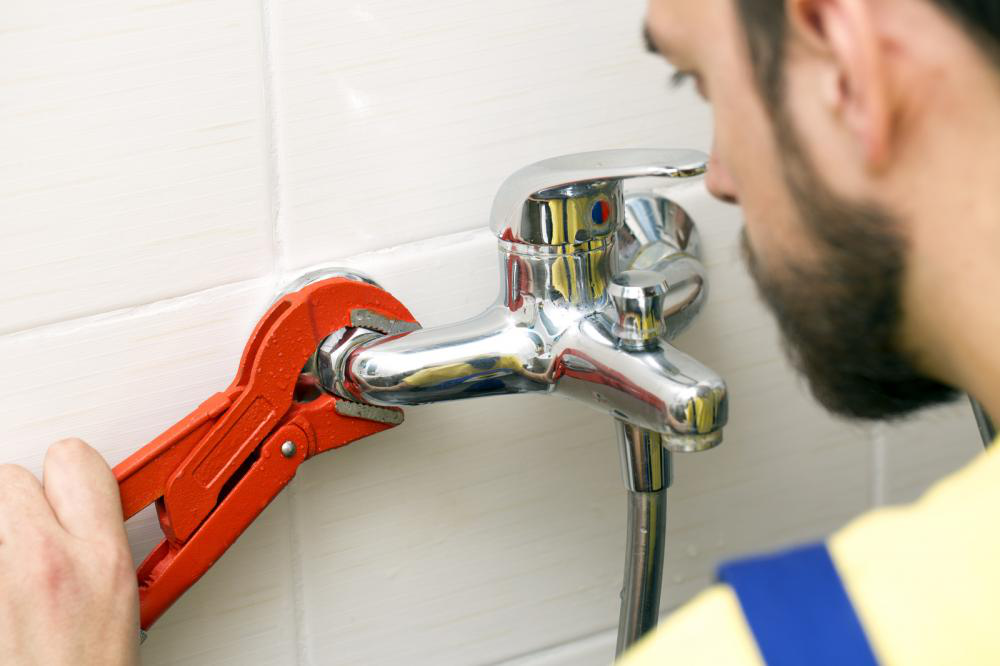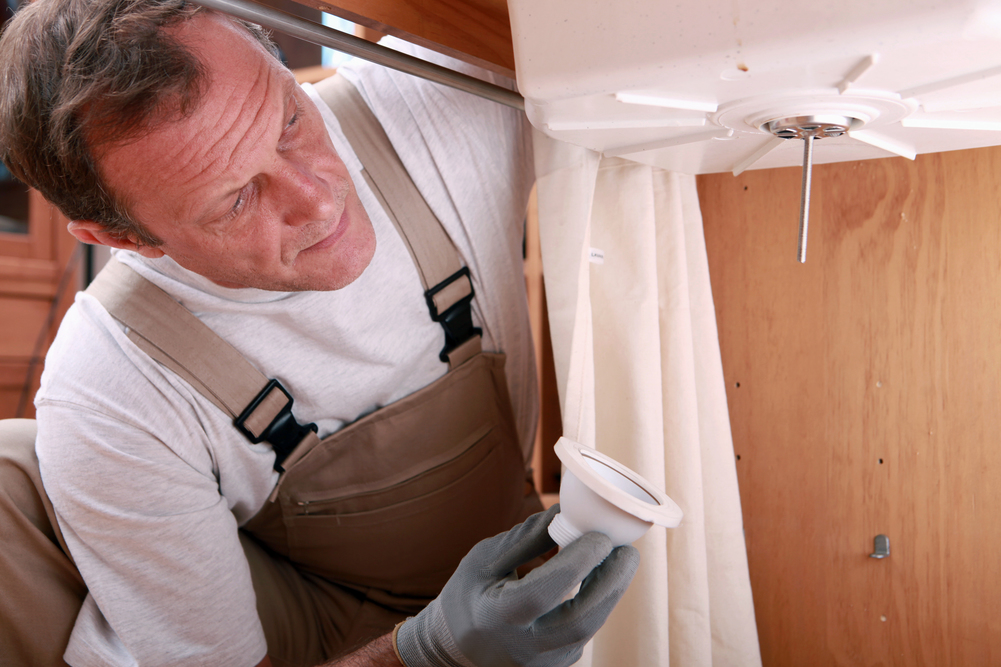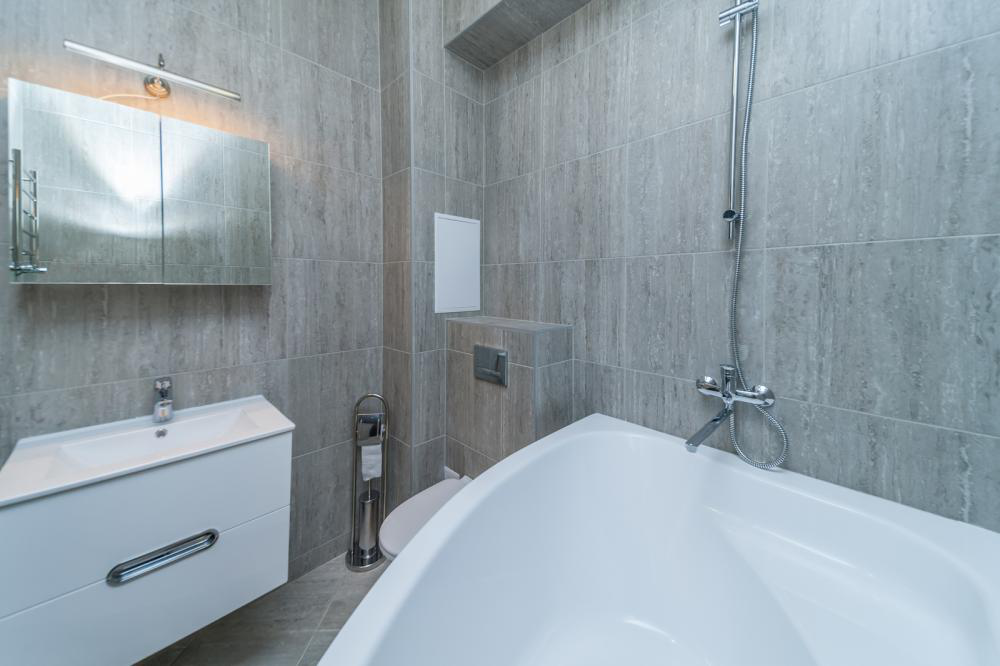A bathroom leak can be costlier than you may think. Water can seep in your home and compromise the structural integrity of your home, leading to extensive, costly repairs. Moreover, it can cause mold growth, which can be harmful to your family’s health.
READ: The Hidden Costs of Plumbing Damage
It’s not possible to fix a leak until you find out where it’s coming from. There are different areas of the bathroom, so finding the source of a bathroom leak can be difficult. In this blog, we’ll discuss some potential causes of the bathroom leak to narrow down your search.
Let’s get started!
Signs of Bathroom Leak
- Continuous dripping of water
- The musty, earthy smell inside the bathroom
- Loss of structural integrity of the bathroom walls
- Mold outside of the shower
- Stains on the ceiling below the bathroom
- Increased water bills

How to Find the Source of a Bathroom Leak
Here are some of the most common sources of a bathroom leak:
- Sink trap: Check the sink trapwhile the water is running to check if there’s water leakage. If the leak is occurring at a joint between pipes, you may tighten the slip nuts to see if it fixes the problem. If not, they might need a replacement.

- Water supply lines: Water supply lineleaks result in water dripping onto the floor. From the fill valve to the shut-off valve, the problem could be anywhere. The nut and washer can also be the source of leakage. Tightening or replacing the connection may fix the problem.
- Wax ring: A damaged wax ringcan also result in leakage. Check if the thick wax ring is the source of the bathroom leak, and if it is, you need to replace it right away to prevent leaks. Spend a few extra dollars and buy good-quality wax rings to ensure the best results.
- Splash leaks: These leaksoccur when water escapes past a shower curtain or a shower door. The water seeps into the subfloor where the flooring meets the tub or shower and causes substantial floor damage. Caulking the frame on the inside may fix the problem.
- Bathtub drain leaks: These leaks can rot floor joists or destroy the ceiling below (if the bathroom is upstairs).Plug the drain of your bathtub, fill with water, and leave it for an hour to check the leakage. If the water level has decreased, there’s a leakage problem.
Drain Line Leaks vs. Supply Line Leaks
Differentiating between drain line leaks and supply line leaks can help narrow down on potential sources of a bathroom leak and cut down a lot of work. Typically, both leaks leave a different type of stains, which can help distinguish between the leaks.
If there’s a supply line issue, there will be constant wetness in the affected areas. Whereas, in case of a drain line problem, the area will be alternating between dry and wet. Both leaks can compromise the structural integrity of your bathroom and require immediate attention
READ: 4 Common Causes of Plumbing Leaks
Hire a Professional Plumber
While some leaks can be identified by a naked eye, others will require the expertise of a professional plumber to identify. They might have to drill in the drywall, go through the piping system, and carry out a proper evaluation of the bathroom to identify the source of leakage.
At Pro Serve Plumbing, we provide affordable plumbing services, including Leak Detection & Repair Service, to residents in Fort Worth, TX. We have a team of certified and licensed plumbers who will thoroughly inspect your bathroom to identify the source of the leak and perform quick repairs to provide you complete peace of mind. Give us a call at +1-817-244-0614 to get started!
You can sign up for our club membership today for just $99/month and enjoy 15% off on all our services.

